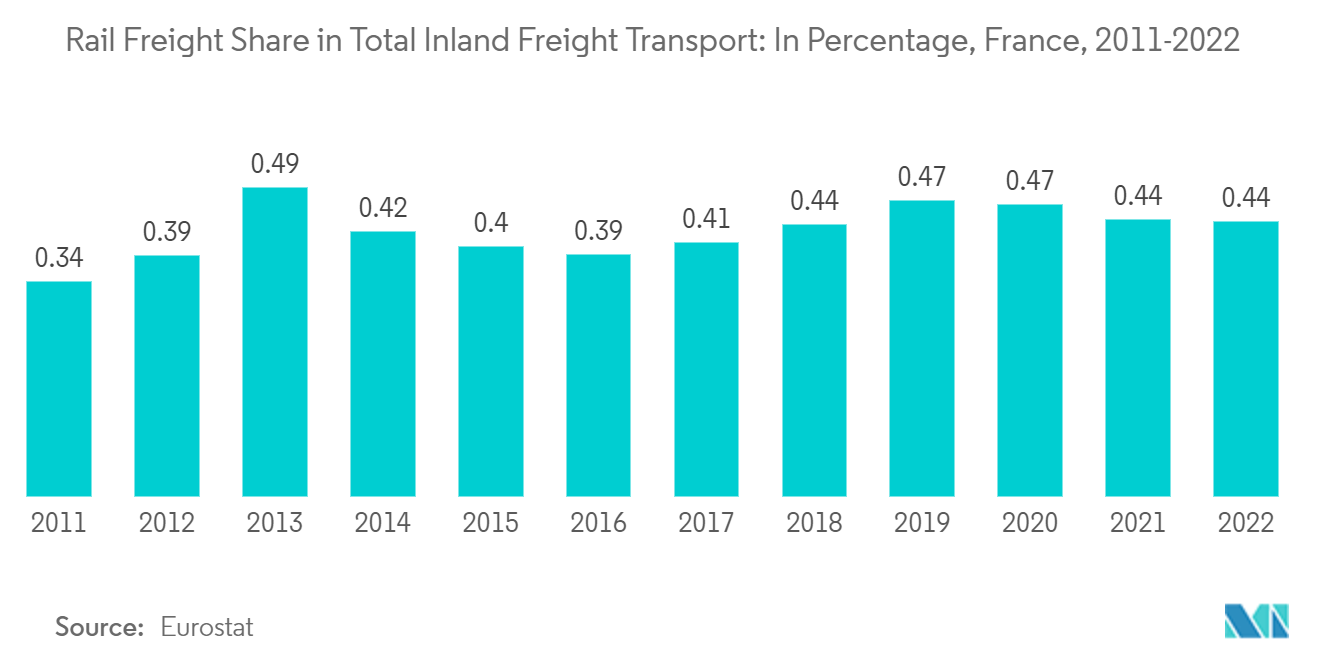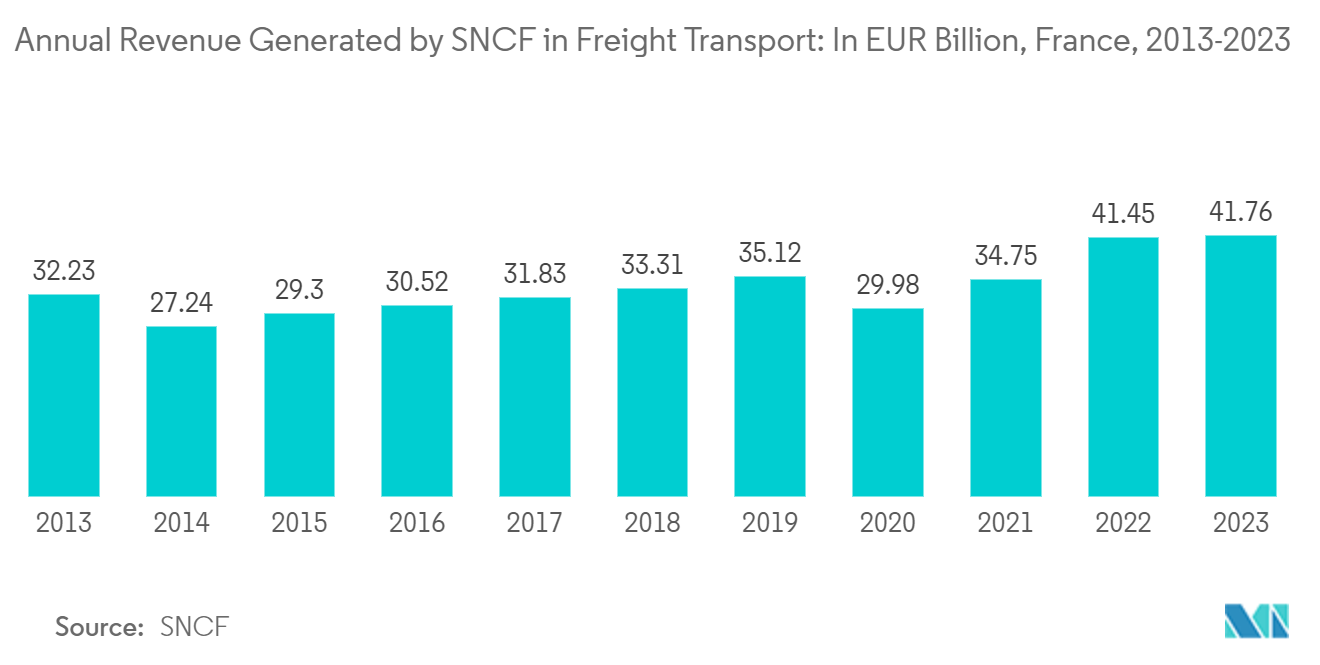Market Trends of France Rail Freight Transport Industry
Focus on Combined Transport and Sustainability in French Rail Freight
In 2024, France's rail freight market is increasingly leaning towards combined transport, which merges rail with road and maritime logistics, aiming to boost sustainability and efficiency. Highlighting this trend, the National Master Plan for Combined Transport, unveiled in October 2024, emphasizes upgrading multimodal terminals and broadening strategic rail corridors. Major hubs, particularly Île-de-France, are spearheading these initiatives, with new terminal projects emerging to cater to the rising demand for eco-friendly freight solutions. Moreover, the EUR 1.5 billion (USD 1.58 billion) rail freight competitiveness fund, introduced in July 2024, has played a crucial role in bolstering investments in combined transport infrastructure. This fund aims to enhance the competitiveness of rail freight by providing financial support for infrastructure development, technological advancements, and operational improvements.
This trend is significant as it dovetails with France's ambition to double the modal share of rail freight by 2030, all while meeting EU carbon emission reduction mandates. By leveraging rail for long hauls and road for final deliveries, combined transport not only presents a cost-effective logistics model but also alleviates road congestion and curbs emissions. These advancements respond to the rising customer demand for sustainable and dependable freight services, cementing combined transport's role as a foundational element of France's contemporary logistics framework. The integration of different transport modes ensures a seamless transition of goods, optimizing the supply chain and reducing transit times. Additionally, the focus on multimodal terminals facilitates the efficient transfer of cargo between different transport modes, enhancing overall logistics efficiency.

Restructuring and Privatization of Fret SNCF
In 2024, the French rail freight market is being significantly shaped by the ongoing restructuring of Fret SNCF, the state-owned rail freight operator. This move comes in response to a European Commission mandate aimed at addressing competition concerns and ensuring compliance with EU state aid regulations. Unveiled in January 2024, the restructuring plan entails transferring Fret SNCF's lucrative operations to private entities. Simultaneously, the operator's market share will be curtailed to foster heightened competition. These strategic shifts are set to reshape the competitive landscape, driving innovation and efficiency within the rail freight sector.
The restructuring has paved the way for private operators to bolster their foothold in the market. Notably, companies like DB Cargo and Euro Cargo Rail are capitalizing on the voids created by Fret SNCF's scaling back. This evolution not only cultivates a more diverse and competitive ecosystem but also propels service modernization through private investments. Yet, the reforms haven't been without contention; unions have voiced concerns over potential workforce cuts and operational upheavals, introducing challenges to the market's equilibrium.
Nonetheless, this transition marks a pivotal move towards bolstering competitiveness and weaving French rail freight more intricately into the expansive European logistics tapestry. With private players spearheading service enhancements and aligning with EU regulations, the market stands on the brink of a transformative journey, promising heightened efficiency and customer satisfaction in the foreseeable future.


